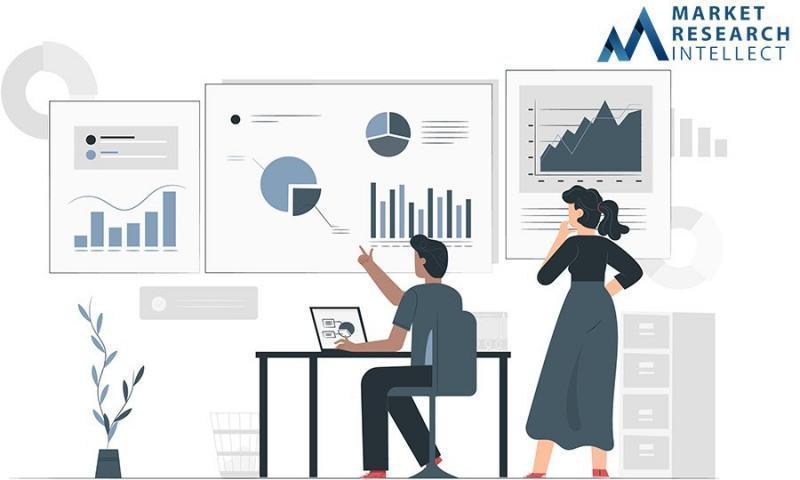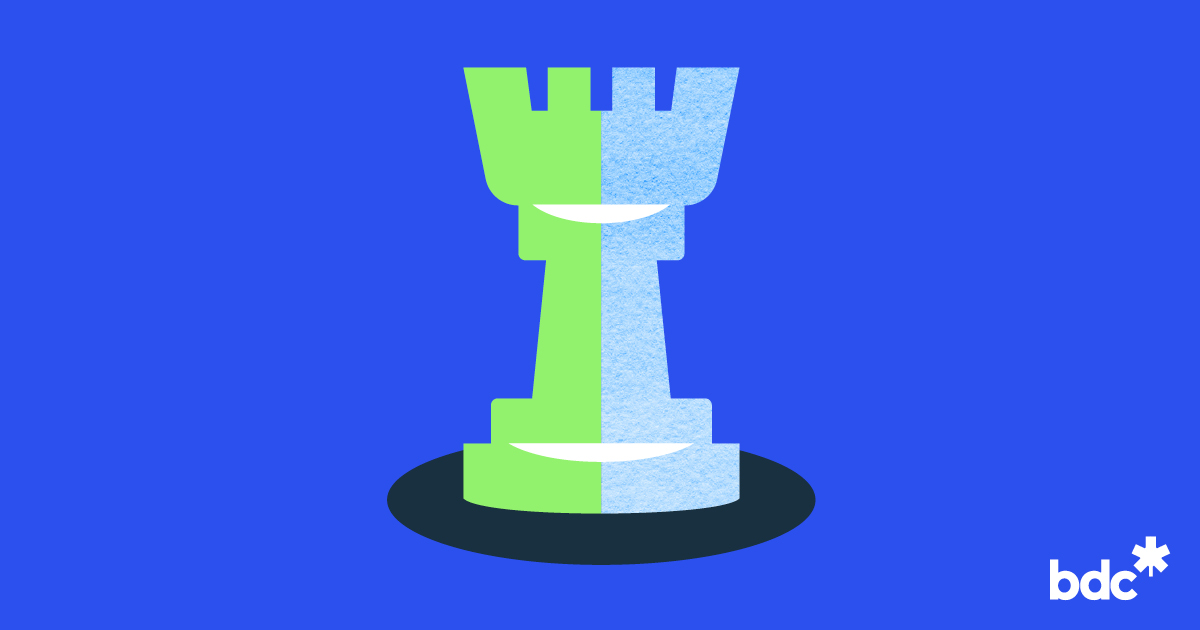What Is Data Analytics? How It’s Used & Practical Uses

Four Main Types of Data Analytics
Before launching a data analytic effort, companies need to decide what they want to achieve: Do you have historical data to mine, to understand trends and patterns? Are you looking to make predictions, maybe even recommend actions to achieve desired results? Each type of data analytics serves a purpose and requires specific tools and techniques to succeed.
1. Predictive data analytics
Predictive analytics may be the most used type of data analytics. Businesses use predictive analytics to identify trends, correlations, and causation. The category can be further broken down into predictive modeling and statistical modeling, which go hand in hand.
For example, an advertising campaign for clever tee shirts on Facebook could apply predictive analytics to determine how closely conversion rates correlate with a target audience’s geographic area, income bracket, and interests. From there, predictive modeling could be used to analyze the statistics for two, or more, target audiences and provide possible revenue values for each demographic.
2. Prescriptive data analytics
Prescriptive analytics is where artificial intelligence and big data combine to help predict outcomes and identify what actions to take. This category of analytics can be further broken down into optimization and random testing. Using advancements in machine learning (ML), prescriptive analytics can help answer questions such as “What if we try this slogan?” and “What is the best shirt color for an older demographic?” You can test variables and even suggest new options that offer a higher chance of generating a positive outcome.
3. Diagnostic data analytics
While not as exciting as predicting the future, analyzing data from the past can help guide your business. Diagnostic data analytics is the process of examining data to understand cause and effect. Techniques such as drill down, data discovery, data mining, and correlations are often employed.
Diagnostic data analytics help answer why something occurred. Like the other categories, it too is broken down into two more specific categories: discover and alerts and query and drill downs. Query and drill downs are used to get more detail from a report. For example, say a sales rep closed significantly fewer deals one month. A drill down could show fewer workdays due to a two-week vacation.
Discover and alerts notify of a potential issue before it occurs; for example, an alert about a lower number of staff hours could warn of a decrease in closed deals. You could also use diagnostic data analytics to “discover” information, such as the most-qualified candidate for a new position at your company.
4. Descriptive data analytics
Descriptive analytics are the backbone of reporting—it’s impossible to have BI tools and dashboards without it. It addresses basic questions of “how many, when, where, and what.”
Once again, descriptive analytics can be further separated into two categories: ad hoc reporting and canned reports. A canned report is one that has been designed previously and contains information around a given subject. An example is a monthly report sent by your ad agency that details performance metrics on your latest tee shirt marketing efforts.
Ad hoc reports, on the other hand, are designed and run on the fly. They are generated when there is a need to answer a specific business question. These reports are useful for obtaining more in-depth information about a specific query. An ad hoc report could focus on your corporate social media profile, examining the types of people who’ve liked your page and other industry pages, as well as other engagement and demographic information. An ad-hoc report’s hyperspecificity gives a very complete picture of, say, your social media audience in a particular city at a certain time of day.
link






